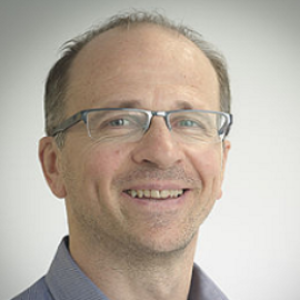Title : From sequential chemo enzymatic approach to integrated hybrid catalysis: Concept and examples
Abstract:
Efficient and eco-responsible valorization routes for renewable carbon source are highly desirable, and every field of catalysis should be mobilized as the key to success for a selective valorization of such a polyfunctional substrate. Biocatalytic processes are already or about to be industrialized and heterogeneous or homogeneous catalysis, alone or in combination, have shown high efficiency for biomass valorization, but lack of selectivity still causes problems in the products separation steps. In the very last years, a new paradigm of catalysis has emerged to answer the challenges of selectivity and productivity by combining biocatalysis and chemocatalysis. Indeed, in a conventional approach, biotechnologies and chemocatalysis are sequentially processed. However, recently, successful one-pot transformations have been realized, simultaneously taking advantage of both technologies, under the concept of the so-called ‘hybrid catalysis’.
In this context, we propose two new conceptual pathways involving hybrid catalysis to overcome limitations resulting from the enzymatic glucose isomerase thermodynamic equilibrium between glucose and fructose, which is a key step when subsequently targeting HMF as a product. These concepts are based on a complexation/transport strategy and a hybrid isomerization, respectively. Both combinations are relatively simple to achieve and the first results validate the proof of concepts in both cases: (1) The limitations resulting from the enzymatic glucose isomerase thermodynamic equilibrium between glucose and fructose has been actually overcome with a glucose conversion of 70%, while it is limited to 46%, without fructose transport; (2) Concerning the valorisation via sorbitol, we demonstrated the chemical compatibility between sorbitol dehydrogenase and an organometallic complex used for the cofactor regeneration and ca. 2 cofactor regenerations by the chemocatalyst can be observed. However, the pH zones of the enzyme and the organometallic complex seems to be conflicting to enable reaching high yields. A modification of one of both catalysts could extend the pH zone toward the zone of the other catalyst.



